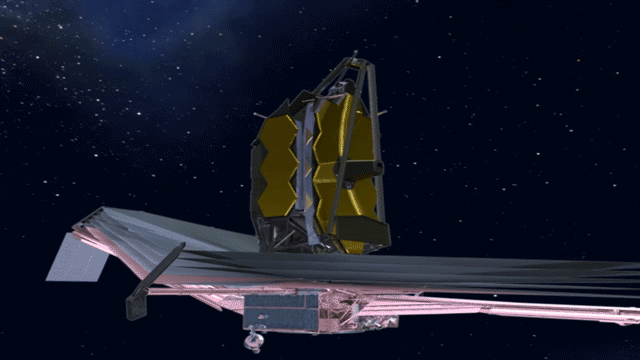
Looking into Space Pays Off at Home
Since the 1960s, NASA has launched several telescopes into space. While these instruments look deep into space and uncover ancient mysteries about our universe, developments made for these telescopes are helping numerous industries on our home planet. Here are a few examples.
Helping to Improve Lens Manufacturing
The aspherical optics on Webb needed high-precision manufacturing methods to ensure distant galaxies could be seen clearly. A tool to accurately measure the surfaces of these optics to ensure they meet exacting specifications is now used regularly in the development of camera and microscope lenses.
Gold coats several parts of the James Webb Space Telescope, like a cooling tube that keeps the Mid-Infrared Instrument from overheating in the temperature extremes of space. Methods developed to make this gold durable enough for spaceflight and reflective enough for telescopes help keep Academy Awards statues shiny, and coat light pipes used in medical thermometers.
Making Beryllium Viable for Industry
The mirrors on Webb are made from a beryllium powder. Work that ensured they were the perfect material for deep-space mirrors resulted in a specialized manufacturing process and industrial standards for the use of beryllium in space applications.
Vibration Tables Shake Up Tech
The intense vibrations of launching a telescope into space could damage the delicate sensors on board. Machines that simulate the stresses of launch now give other products like cars a shakedown to test their sturdiness.
Perfecting Reflections Improves Eye Surgery
Polishing the mirrors on Webb required testing to ensure the mirrors had the perfectly smooth, flat, and scratch-free surfaces needed to look deep into the universe. Developments from the machines used for this testing enabled the creation of medical tools to map the eye, helping to diagnose eye conditions and perform faster, better Lasik surgery.
Accurate, Rugged Current Sensors
Monitoring power usage on the Hubble Space Telescope needed electrical current sensors that could last for decades in low-Earth orbit, helping to manage energy flow from the solar panels to the telescope’s systems. On the ground, developments from these sensors have made their way into airplanes and mining, rail, and industrial equipment.
Satellite scheduling is important for deep space observations, ensuring the satellite looks at the right place at the right time. Experience from developing Hubble’s automated rescheduling software helped develop tools to ensure medical procedures at hospitals happen in a timely manner while maximizing efficiency.
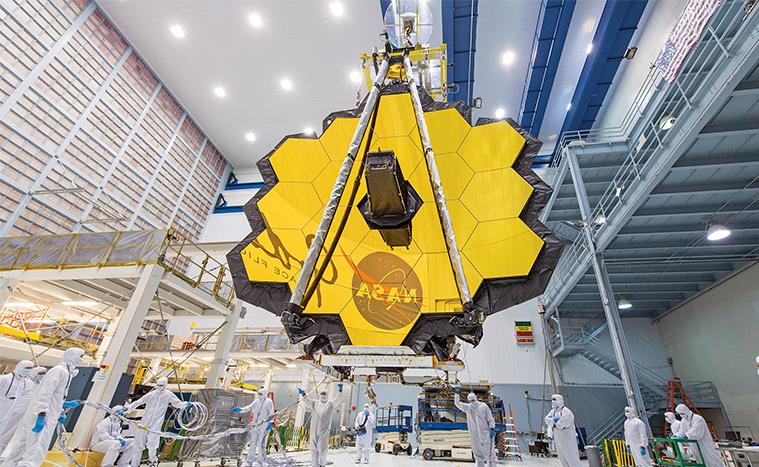
Gold is highly reflective and doesn’t tarnish—great for the James Webb Space Telescope’s main mirror but also to block radiant heat from instruments in the telescope’s interior. Longtime NASA partner Epner Technology didn’t coat the main mirror, but its extremely durable and shiny plating was perfect for a cooling tube on the interior. Credit: NASA
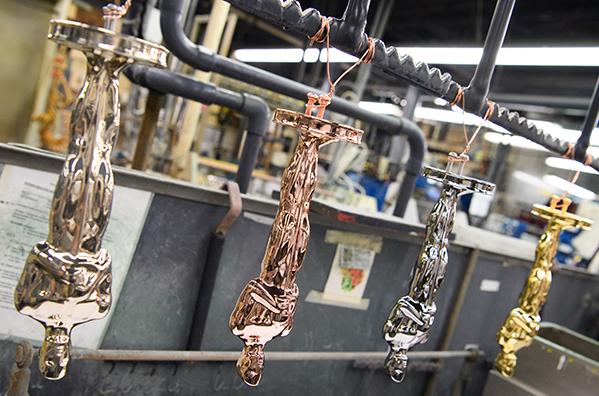
The coveted Oscar trophy is coated in the same gold that helps telescopes glimpse distant galaxies. After some Oscar winners found the gold coating wore off over time, Epner Technology began gold-plating the statuettes, using a technique improved in part for the Mars Orbiter Laser Altimeter. Credit: ©A.M.P.A.S.
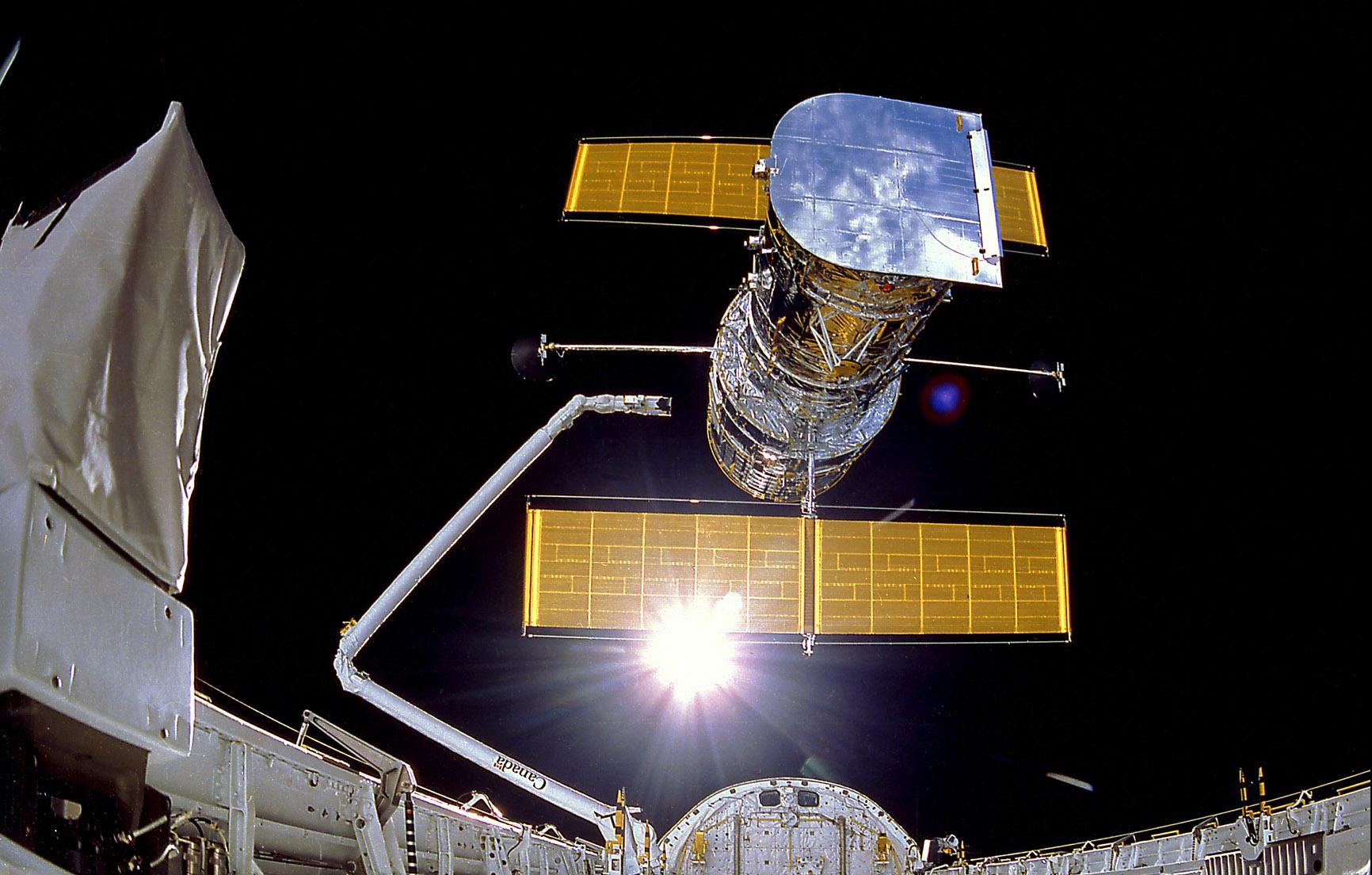
On April 24, 1990, space shuttle Discovery, mission STS-31, launched from NASA’s Kennedy Space Center on a five-day mission to deploy the Hubble Space Telescope. Credit: NASA
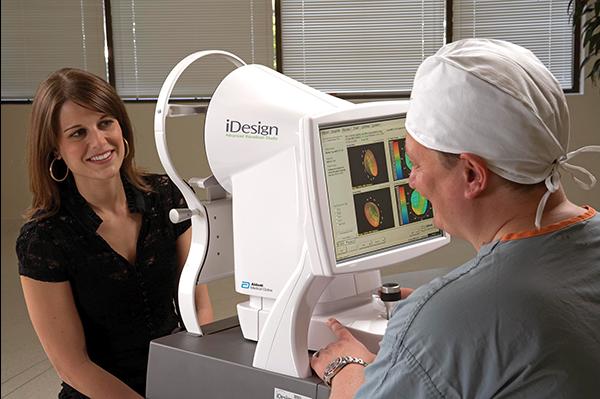
A new laser vision product released in Europe can map the human eye more quickly and accurately for Lasik vision correction, thanks to the innovations made while constructing the Webb mirrors. Credit: Abbott Medical Optics Inc.

On its journey to space, Webb will complete an intricate and technically challenging series of deployments, including its iconic seven-yard primary mirror that will detect the faint light of far-away stars and galaxies. Credit: NASA










